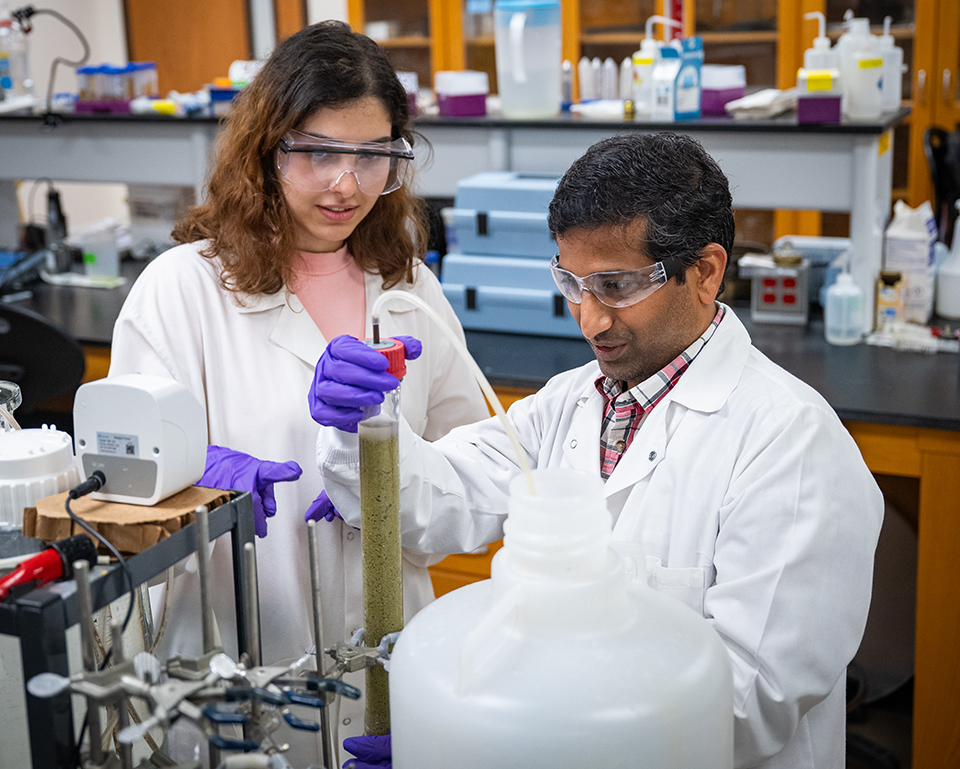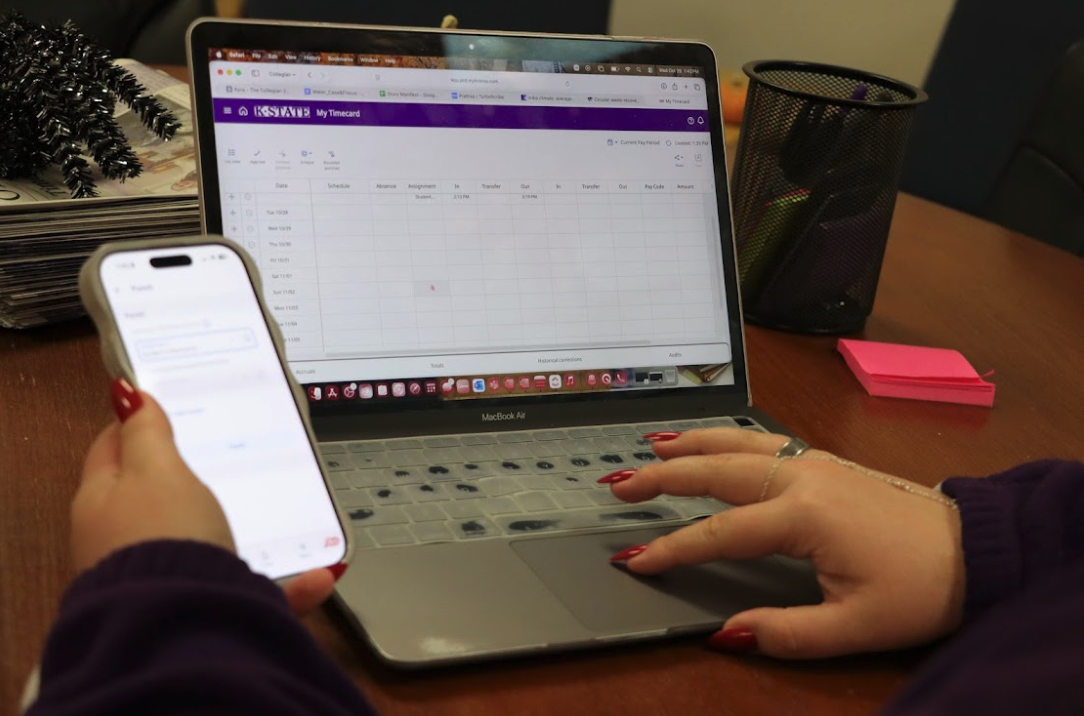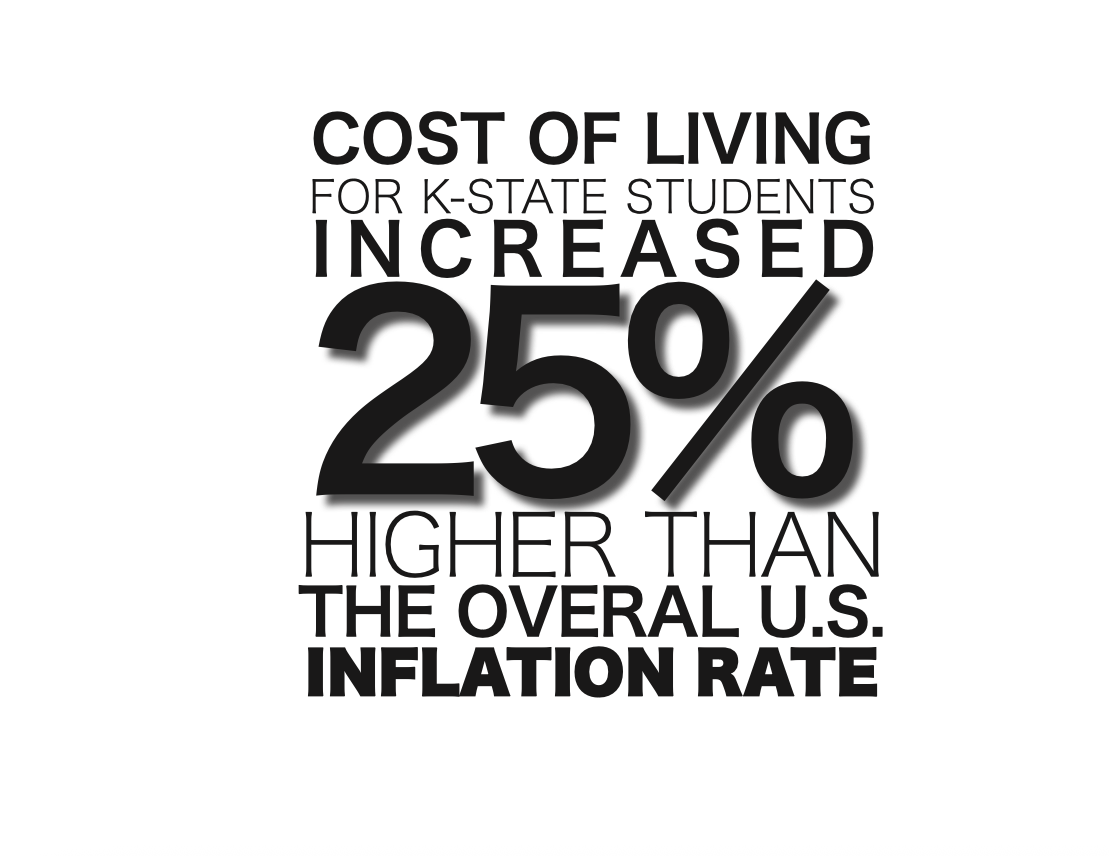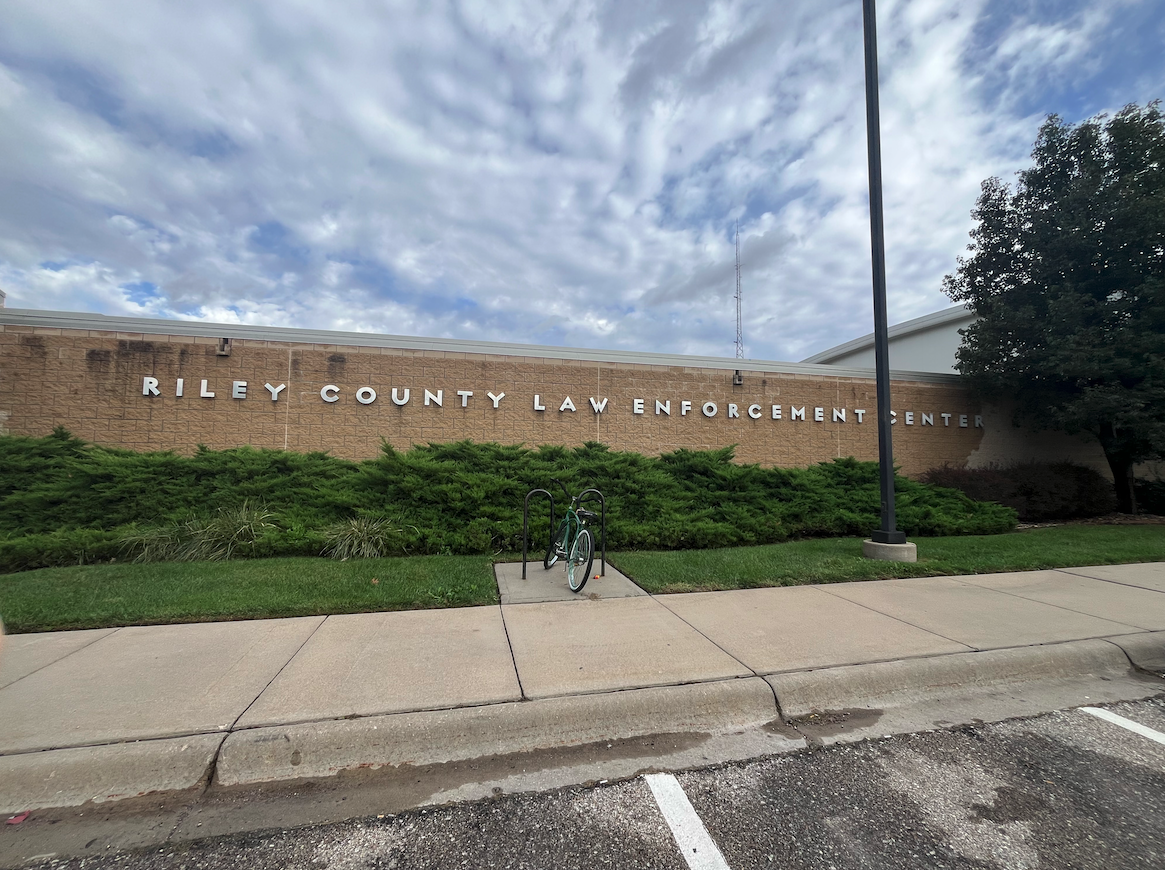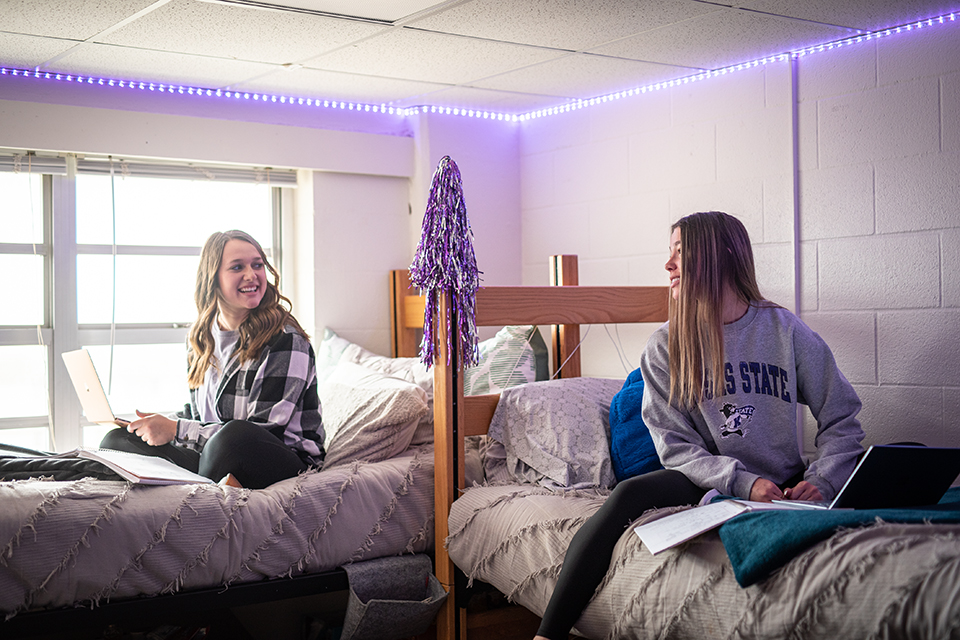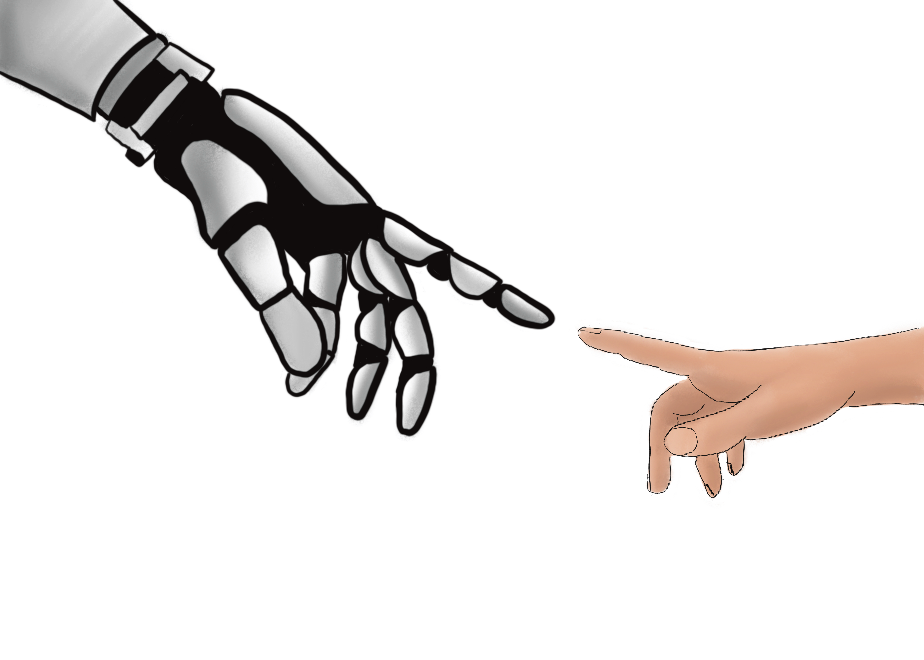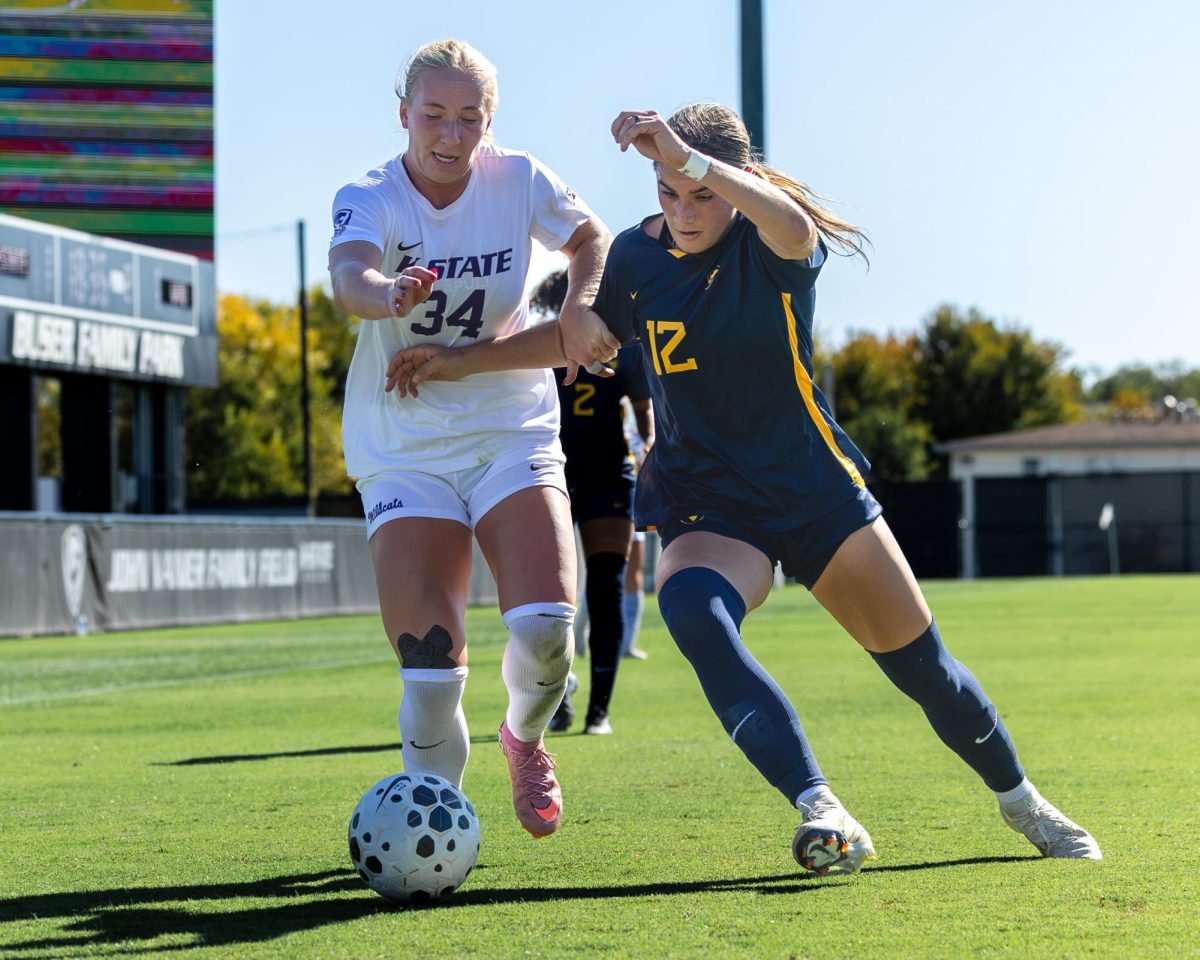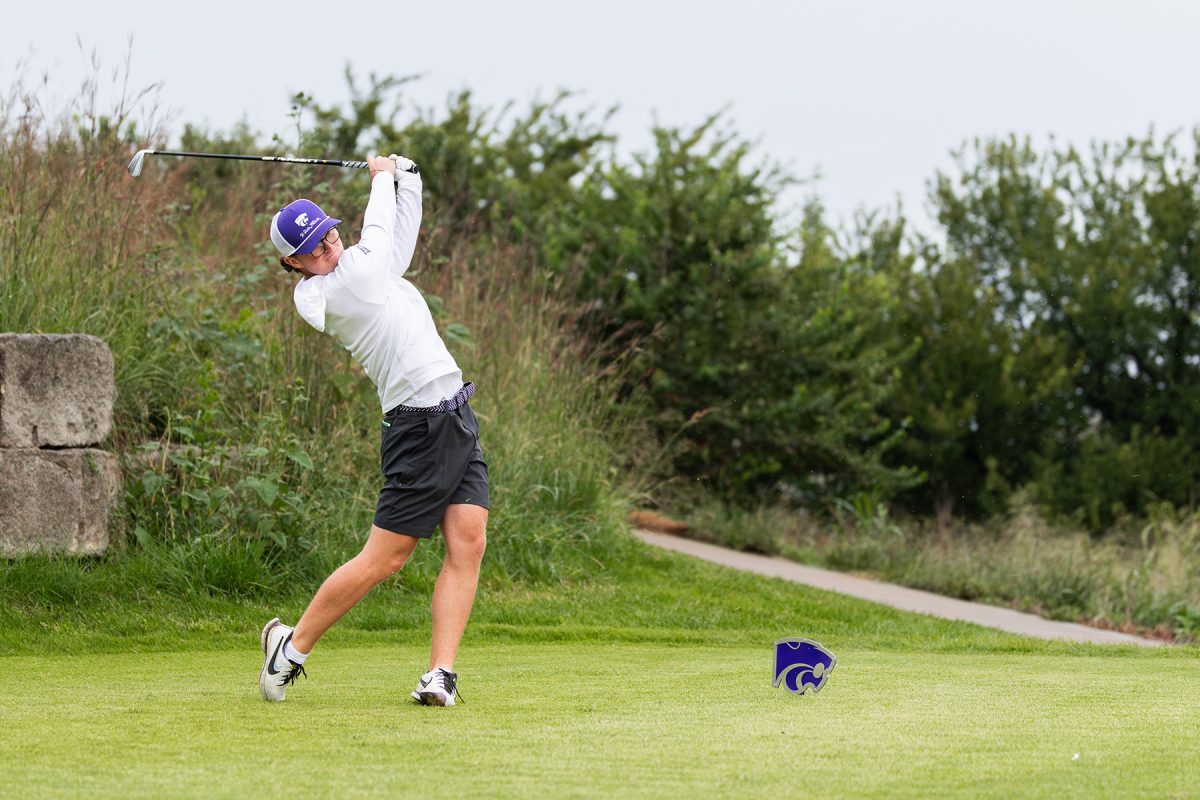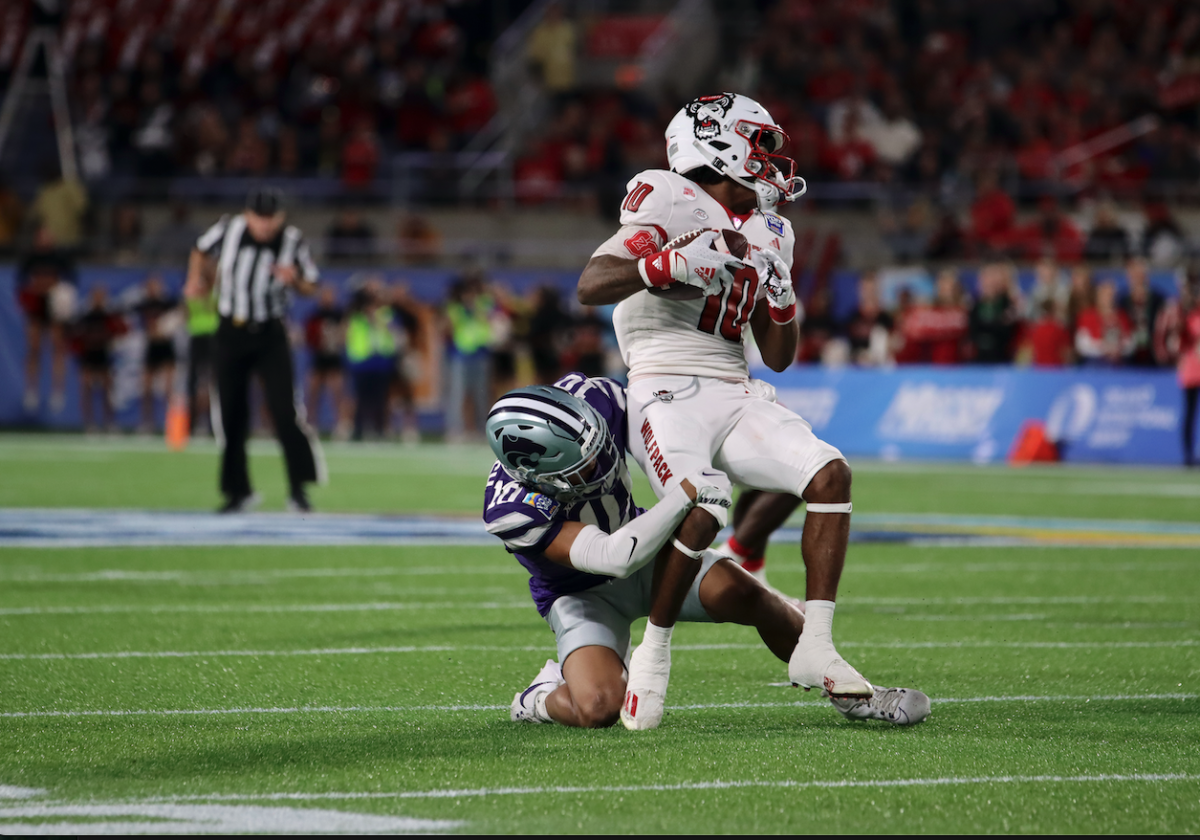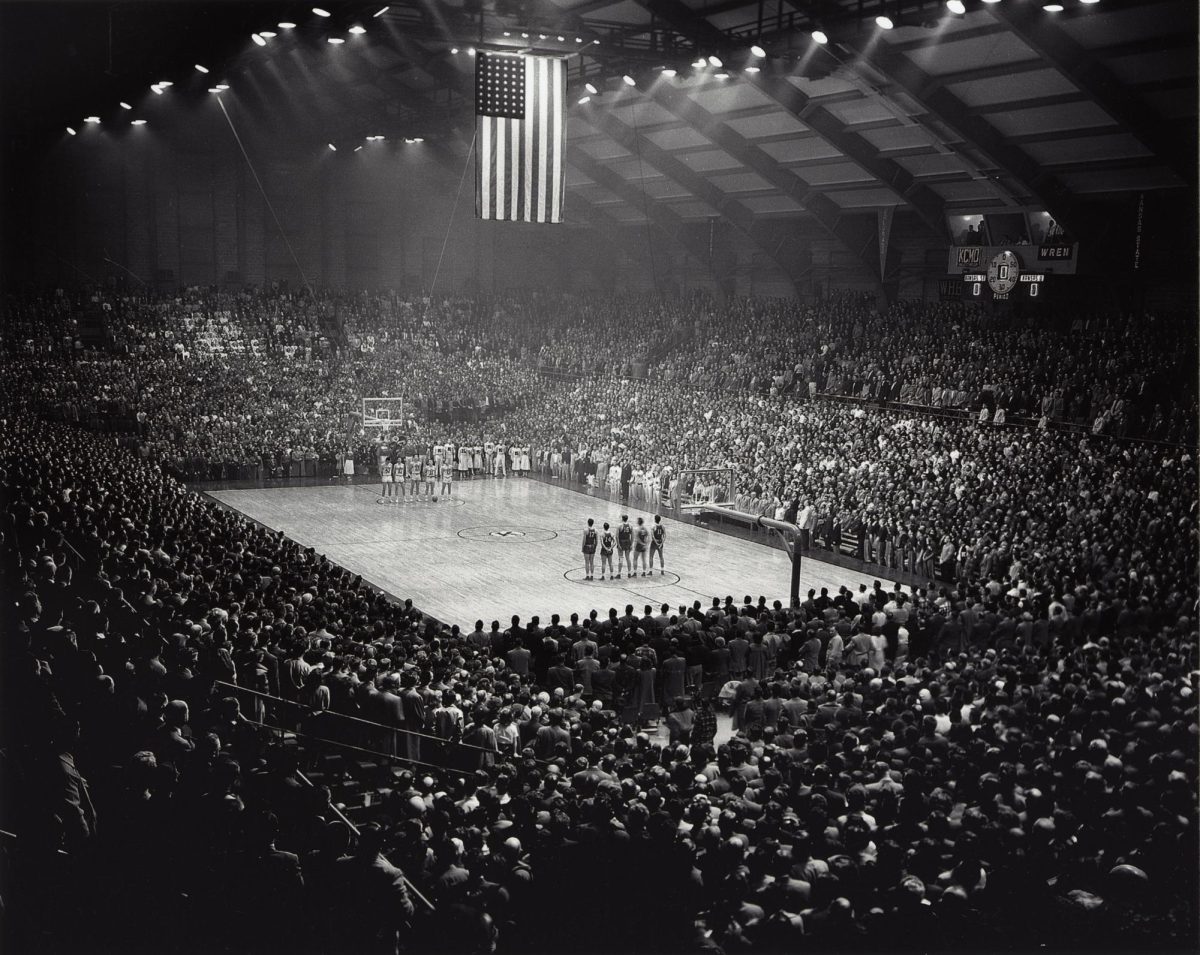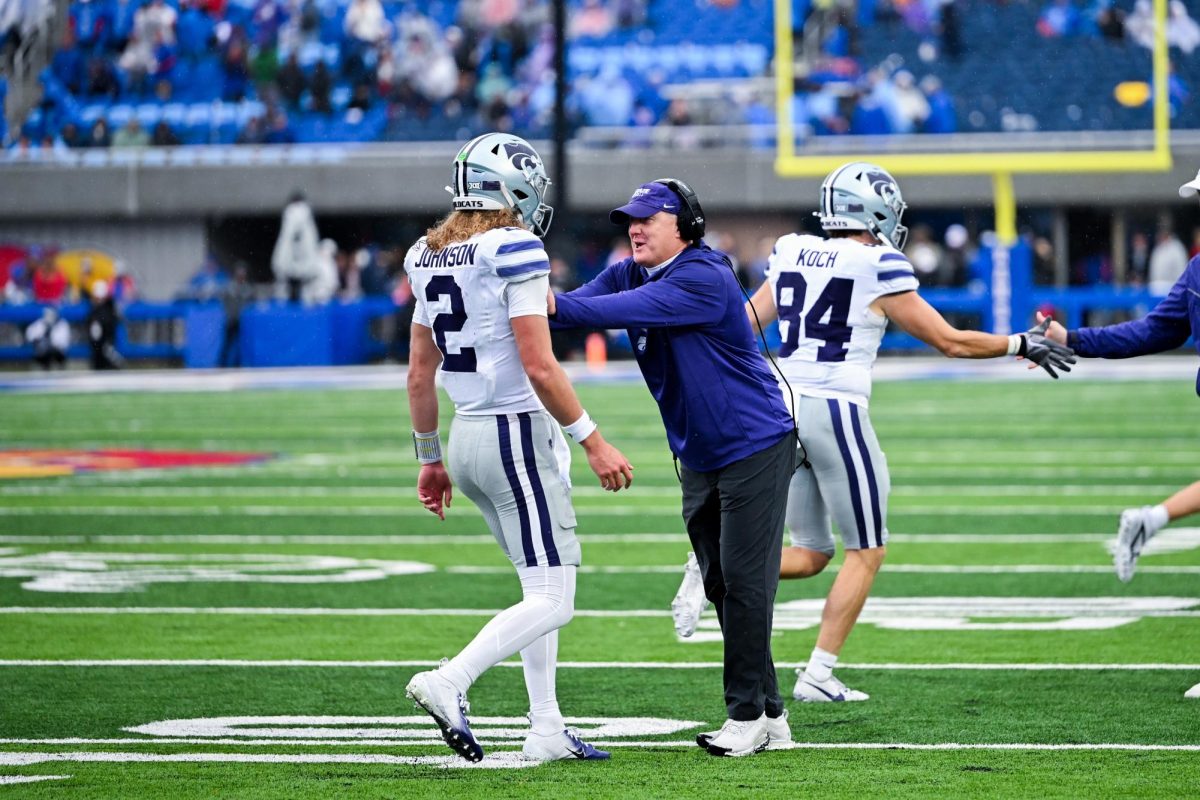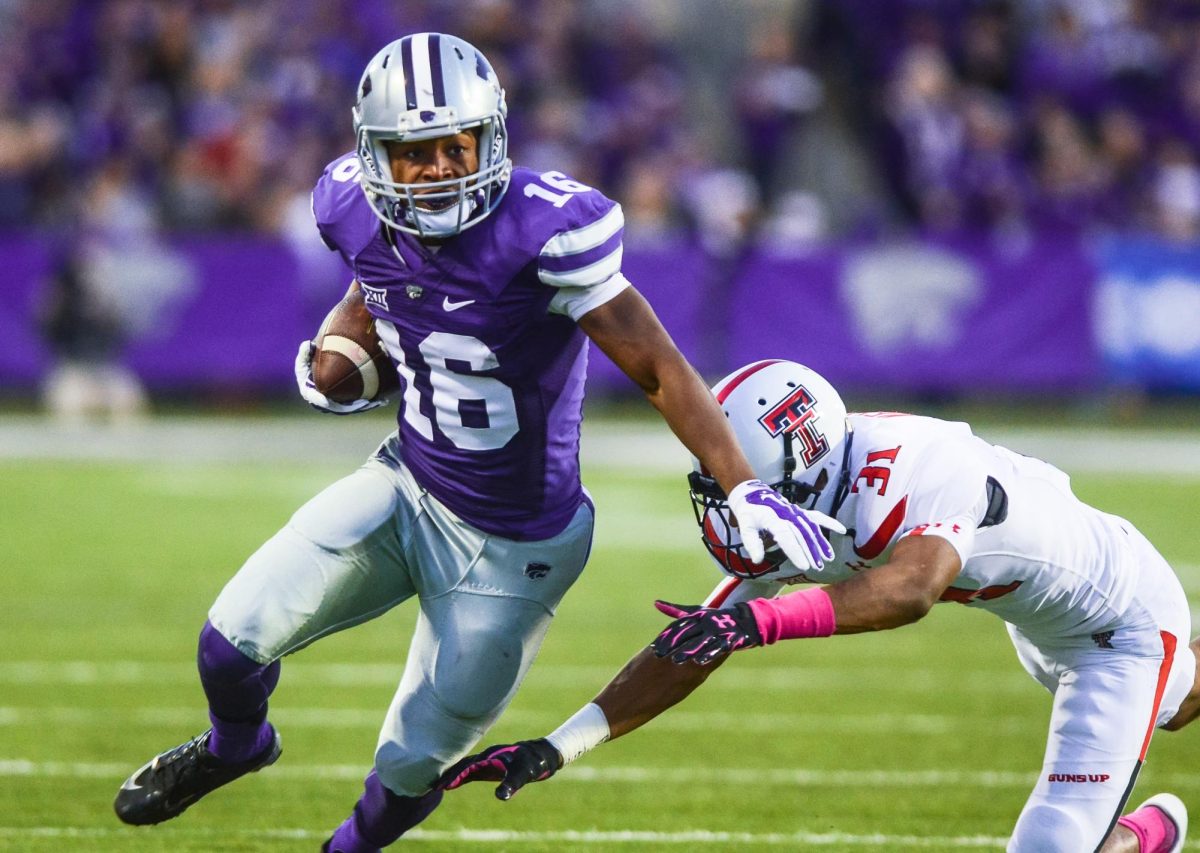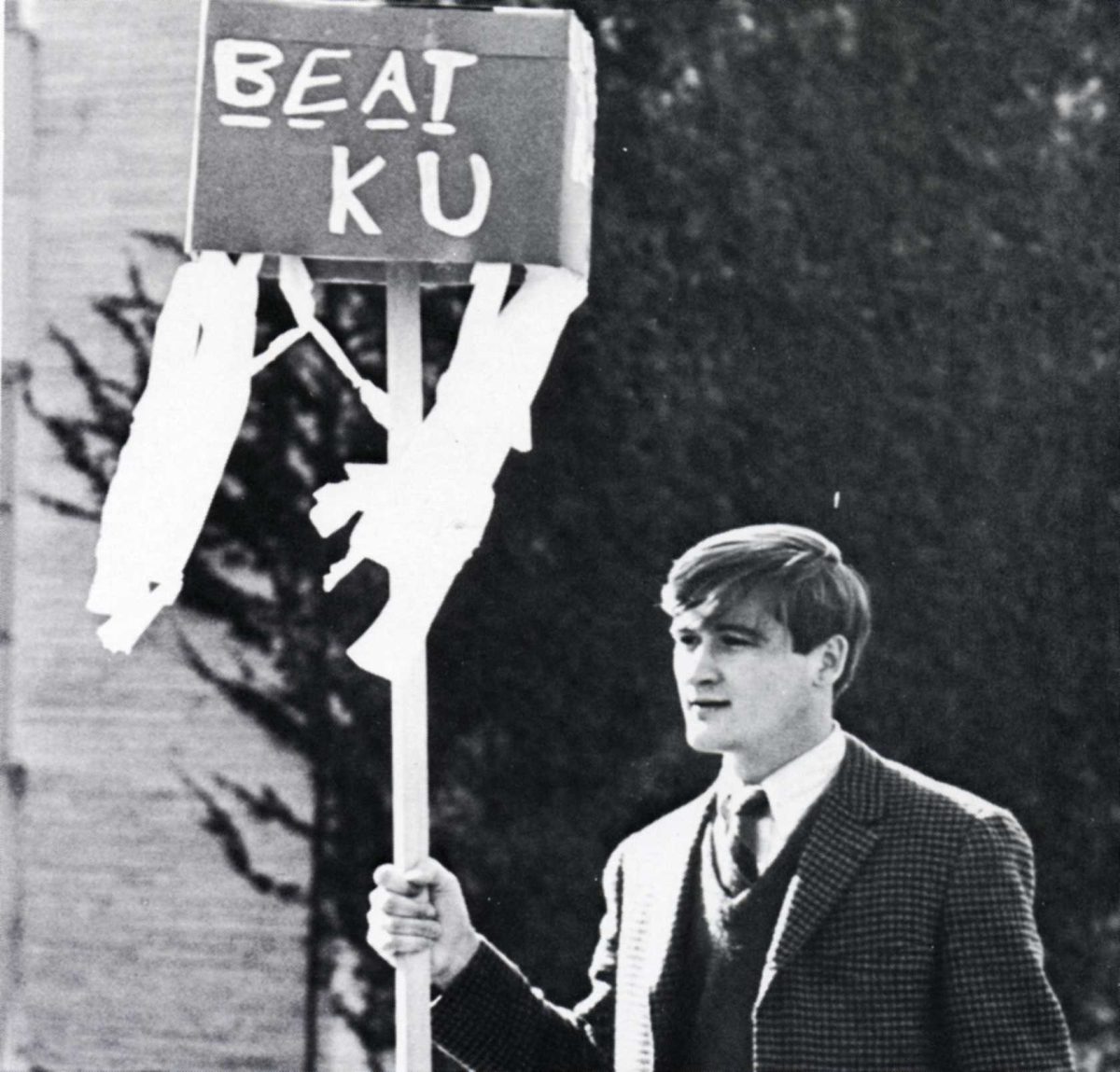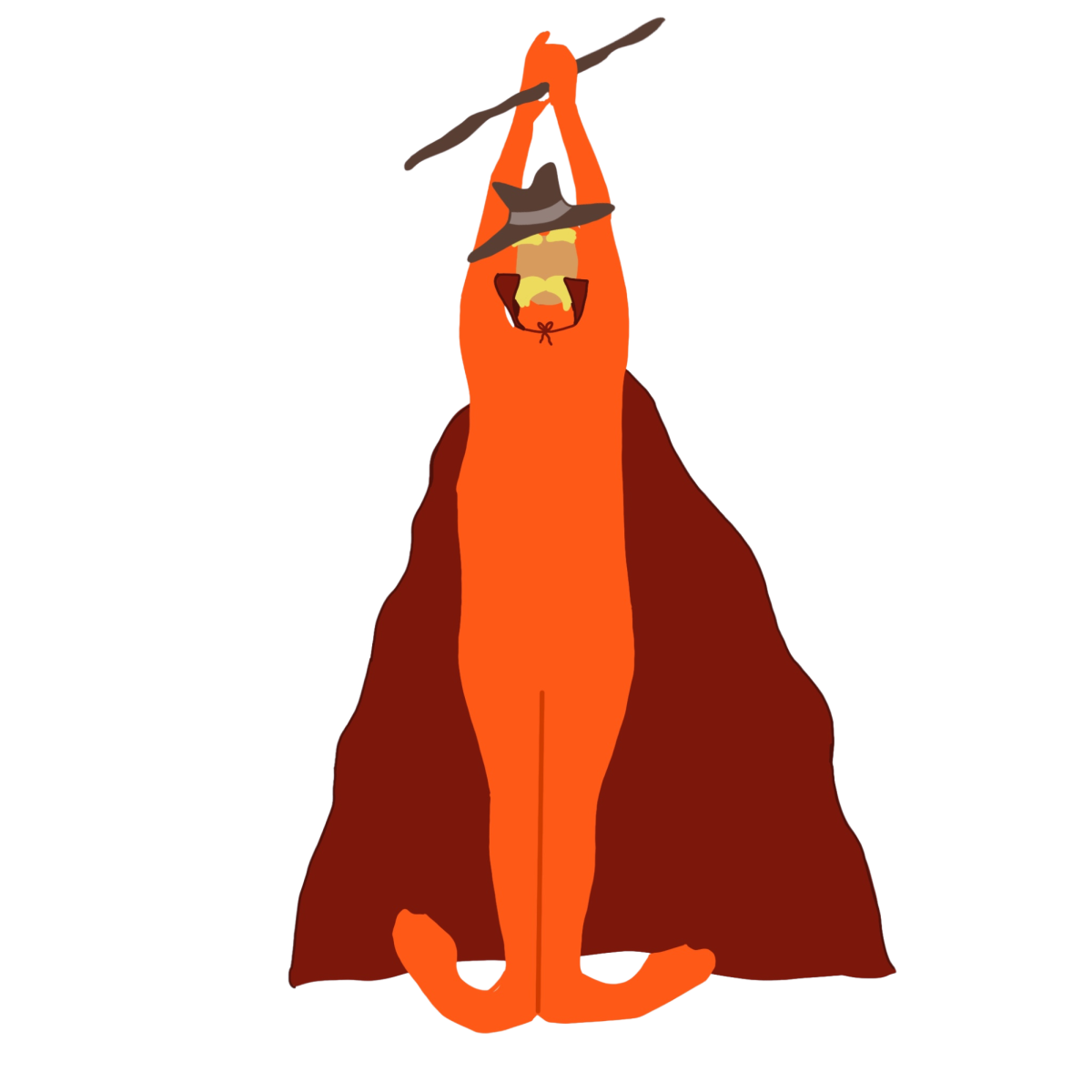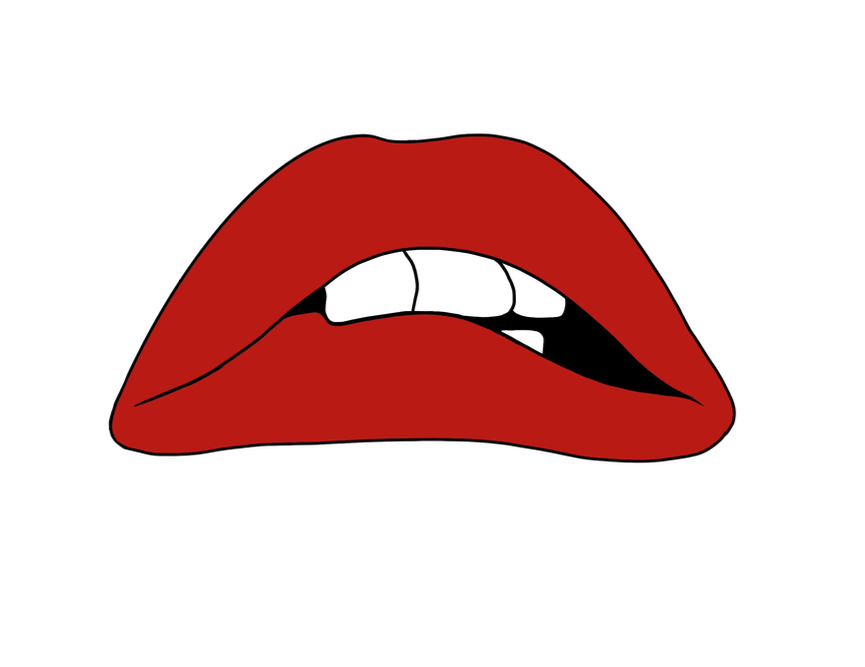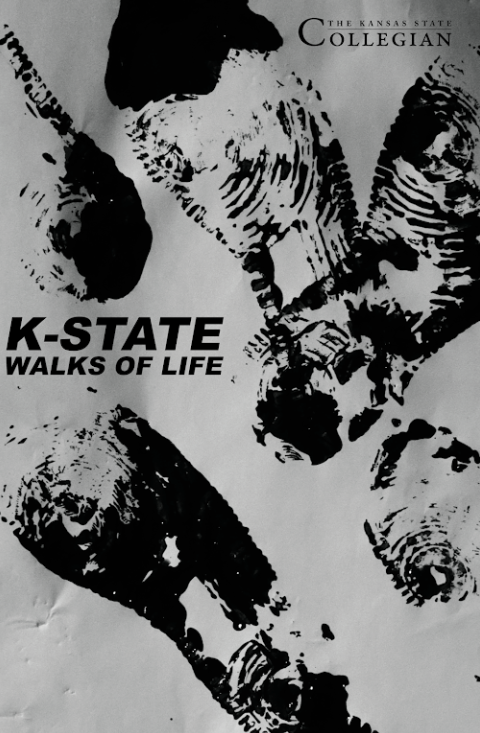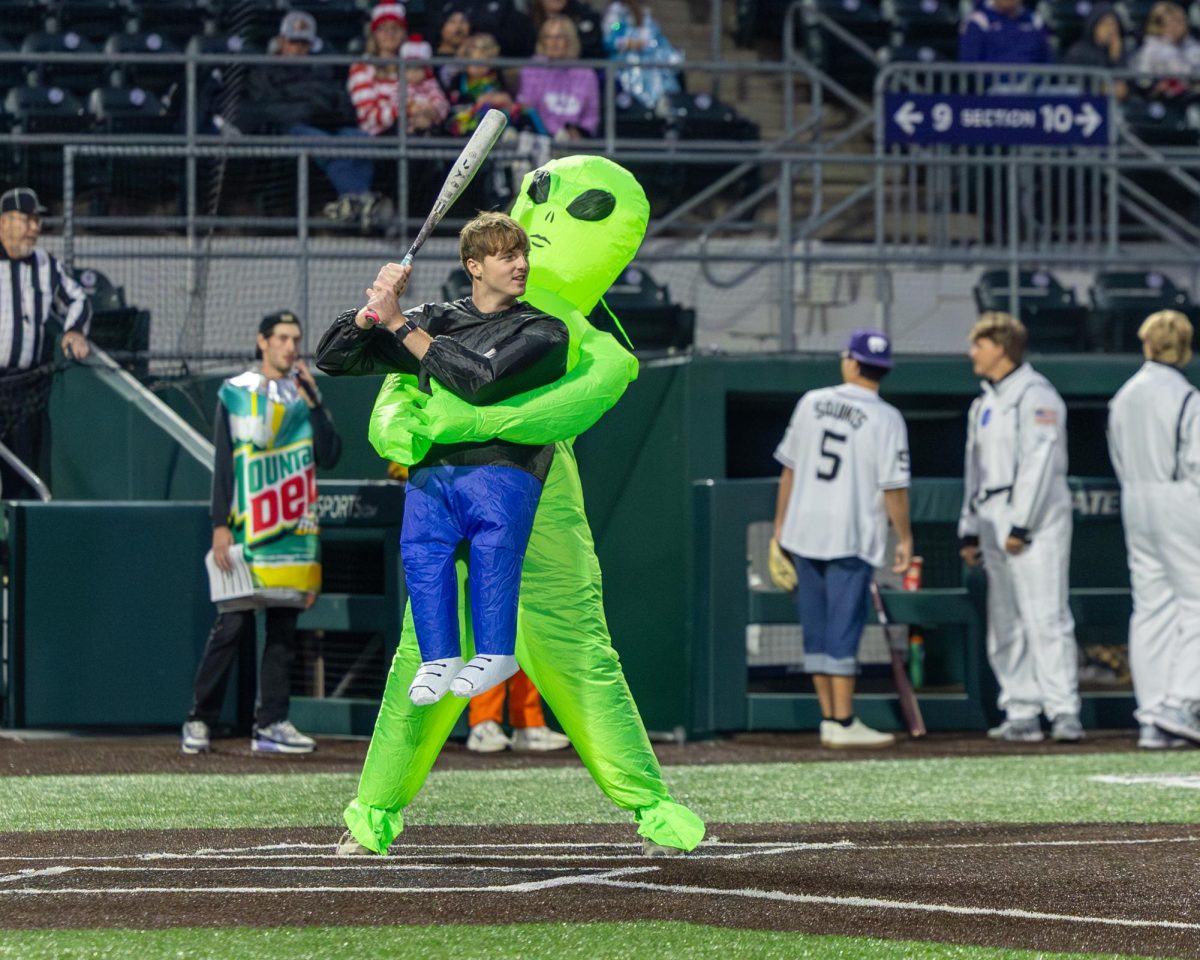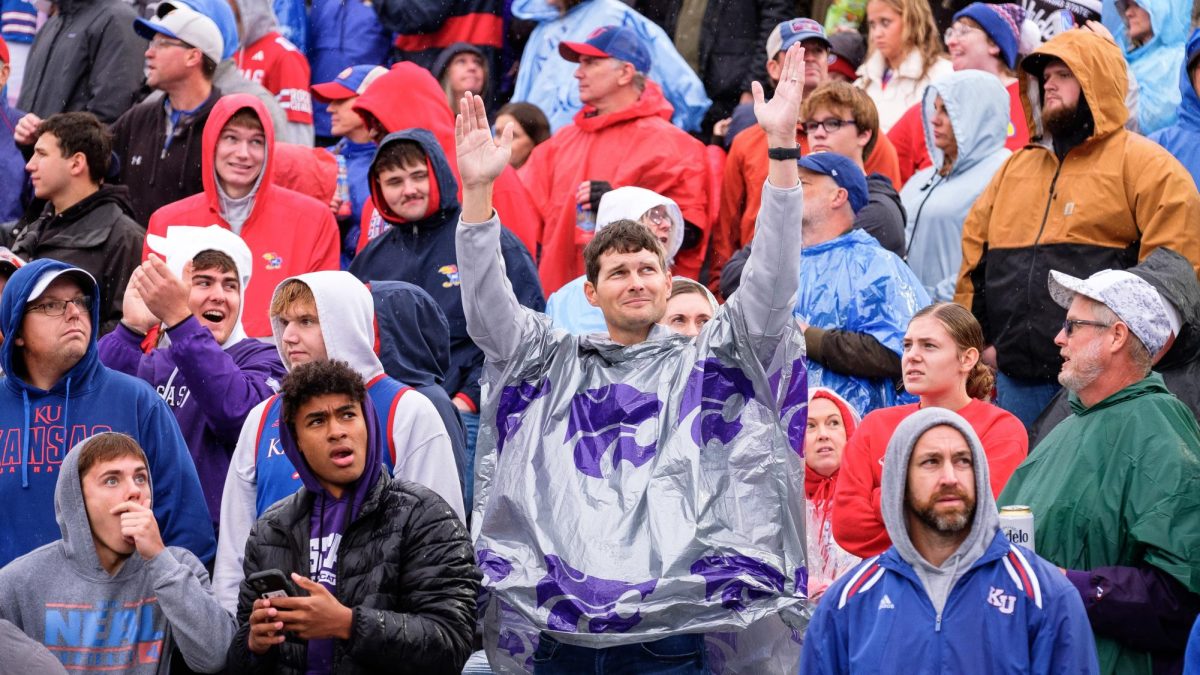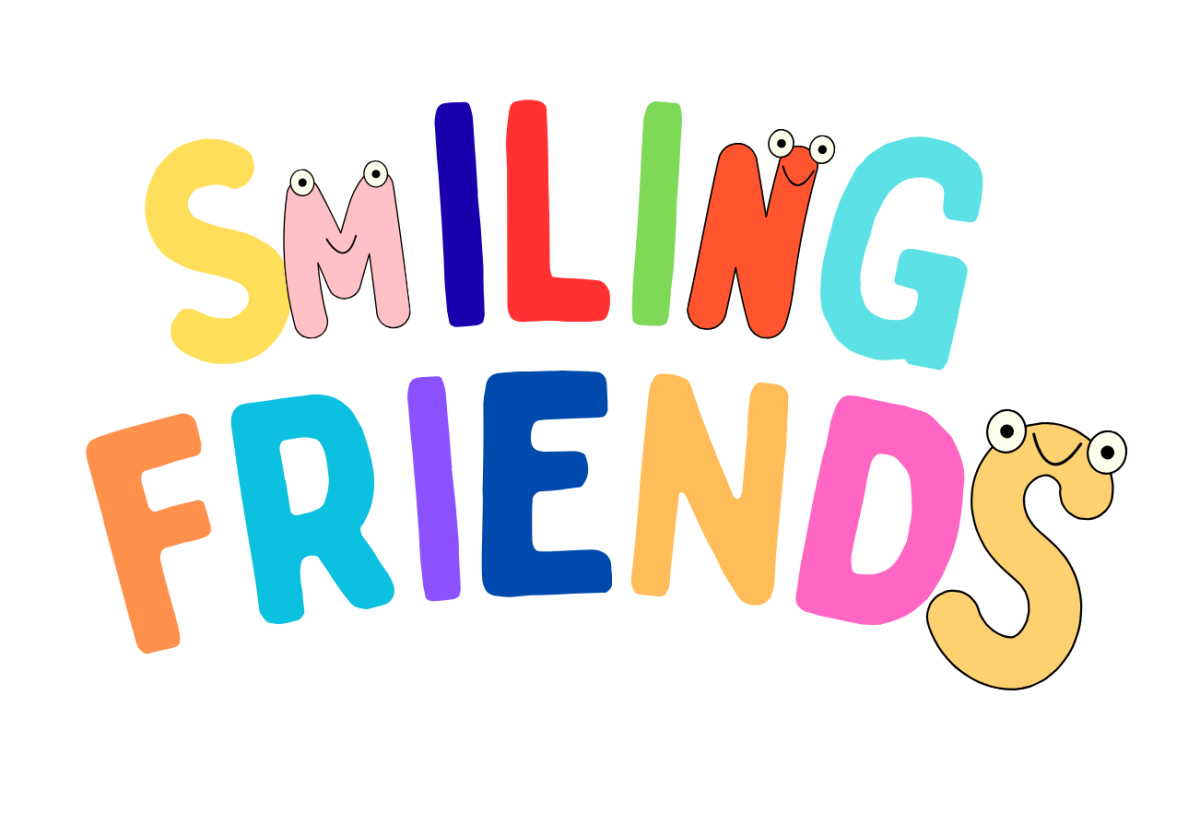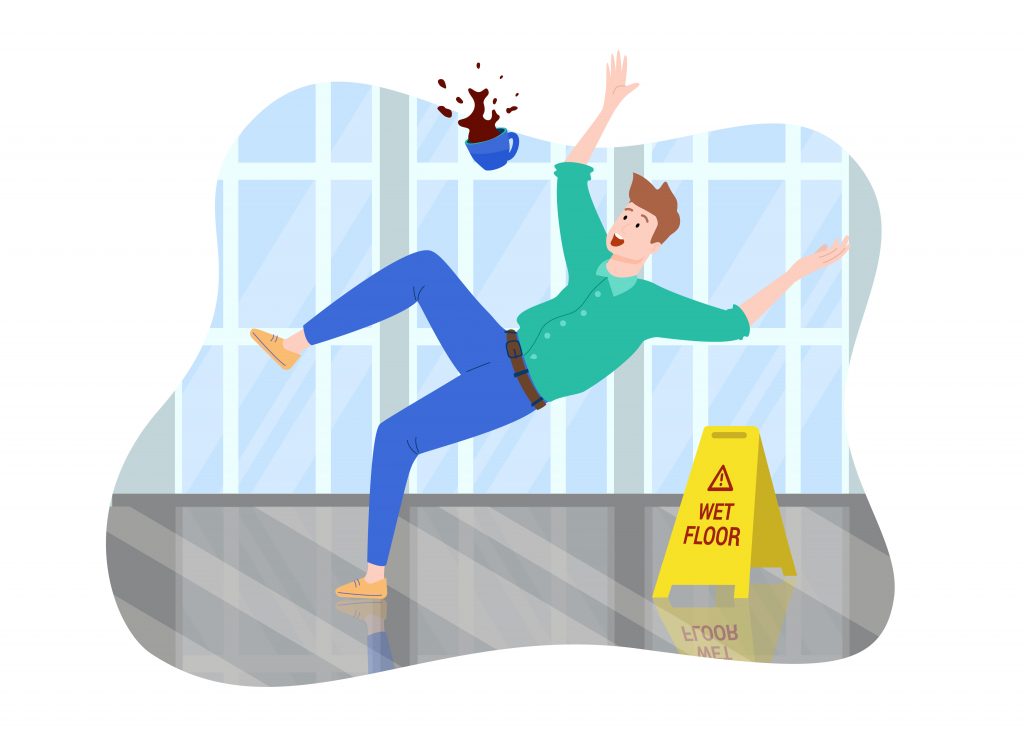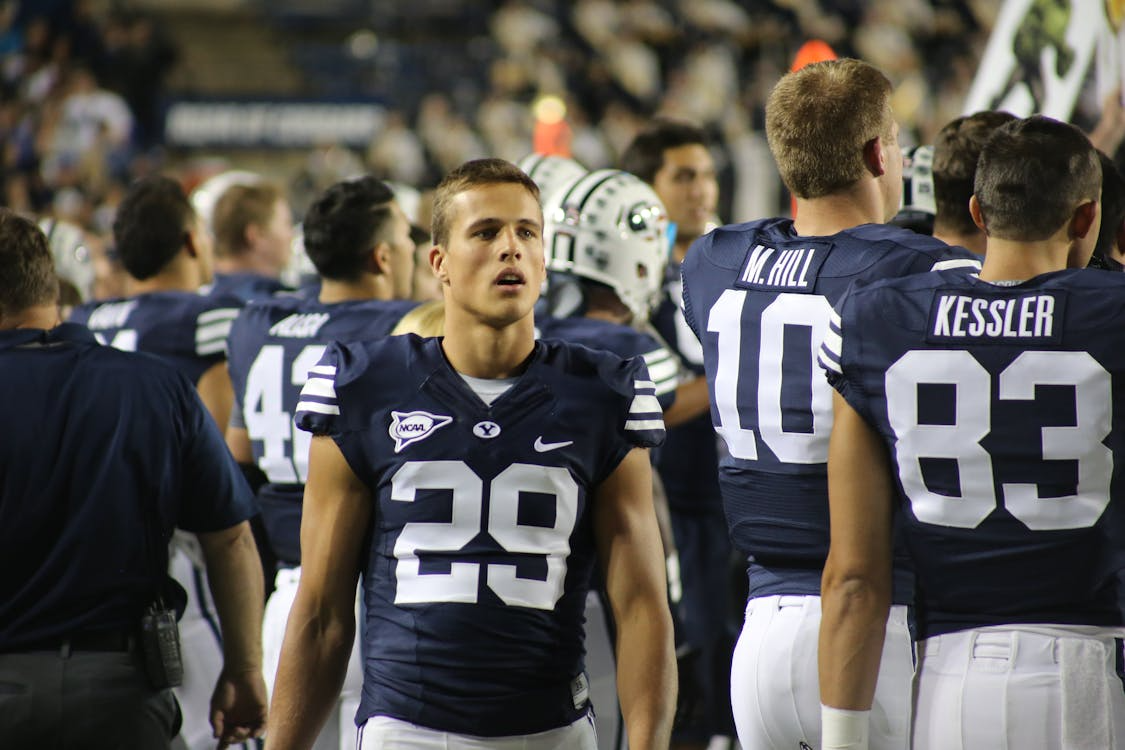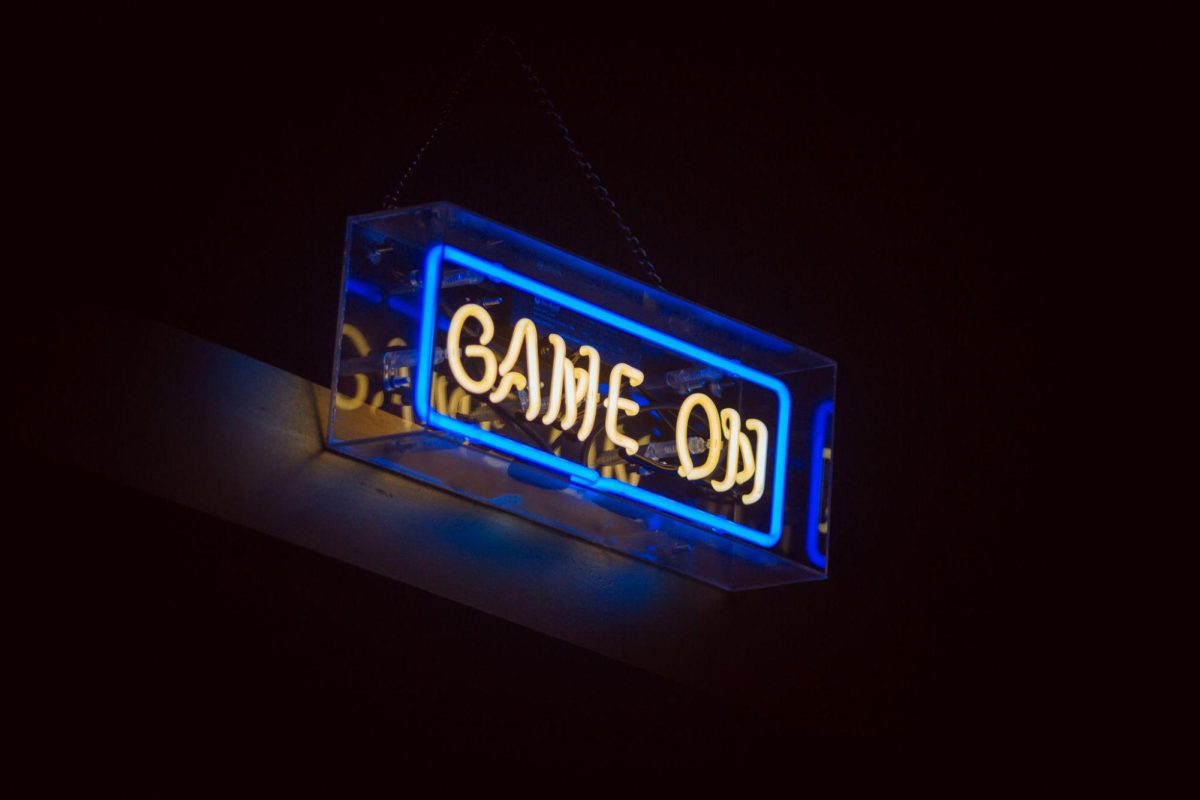Slip and fall injuries occur in a variety of settings, such as public places, retail establishments, and workplaces. These accidents can cause serious injuries, such as head trauma or fractures, and frequently result in high medical costs and missed income.
A slip and fall accident lawyer can help victims of these incidents receive compensation for their injuries, but it is crucial to understand the hazards that can cause these accidents.
Understanding the common hazards contributing to slip and fall accidents is crucial for property owners and visitors. This blog explores the primary risks of slip and fall accidents and emphasizes the importance of maintaining safe premises.
What are the Common Hazards Leading to Slip and Fall Accidents?
According to the WHO, falls are the second leading cause of unintentional injury deaths globally, with an estimated 684,000 deaths each year. The hazards from slip and fall accidents are often preventable and can be attributed to negligence or lack of proper maintenance.
Some of the most common hazards include:
Wet or Slippery Surfaces
Wet flooring is one of the most frequent causes of slips and falls. Liquid spills, freshly cleaned surfaces, or moisture from air conditioners can all make the situation dangerous. Real estate owners are responsible for promptly cleaning up spills and posting warning signs to alert others to potential hazards. Failing to do so could lead to legal responsibility and severe injury.
Uneven Flooring
Uneven surfaces like cracked pavement, loose tiles, or broken flooring can present tripping hazards. These circumstances increase a person’s risk of losing their balance and falling. Property owners must regularly inspect their properties to identify and address hazards. Failure to maintain safe walking surfaces may result in legal repercussions under premises responsibility regulations.
Poor Lighting
Another vital element that contributes to slip and fall incidents is inadequate lighting. People are less able to perceive barriers or elevation changes in poorly-lit environments, which increases the risk of falls. For safety, it is crucial to ensure parking lots, walkways, and stairwells have adequate lighting. Replacing burned-out bulbs regularly can significantly lower the dangers related to poor vision.
Cluttered Walkways
Trip risks may arise from walkway obstructions, such as boxes, machinery, or cables. To promote safe mobility, businesses must ensure that walkways are unobstructed and clutter-free. Regular space organizing and cleaning are essential preventive actions that property owners should take.
Weather-Related Hazards
Property owners may face additional difficulties as a result of weather conditions. Outside surfaces may become slick due to snow, ice, or rain. Property managers quickly clean walkways during bad weather and add sand or salt for traction. Ignoring these responsibilities can make slip-and-fall occurrences more likely in unfavorable weather.
Inadequate Safety Practices
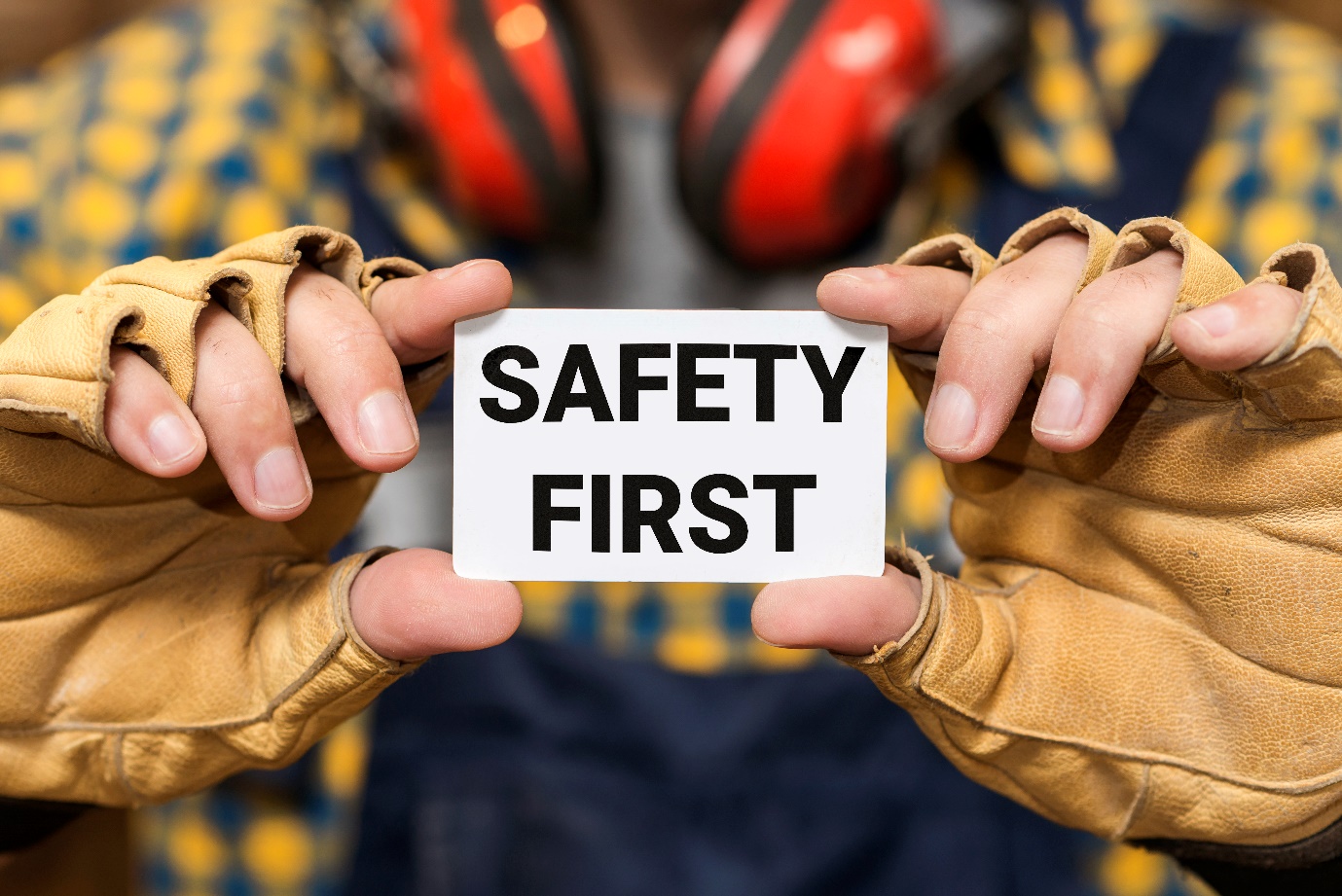
Inadequate safety procedures in the workplace can make slip-and-fall incidents more likely. Workers should receive comprehensive training from their employers on keeping a safe workplace, including utilizing warning signs when dangers are present. To prevent workplace injuries, a culture of safety must be established.
Final Thoughts
Regular maintenance and understanding of potential risks can often prevent slip and fall accidents. Property owners should take proactive measures to establish safer surroundings by being aware of the typical causes of these occurrences, which include damp surfaces, uneven flooring, poor lighting, congested walkways, weather-related difficulties, and inadequate safety standards. Ensuring safety reduces legal liabilities related to negligence on the property and protects individuals.

